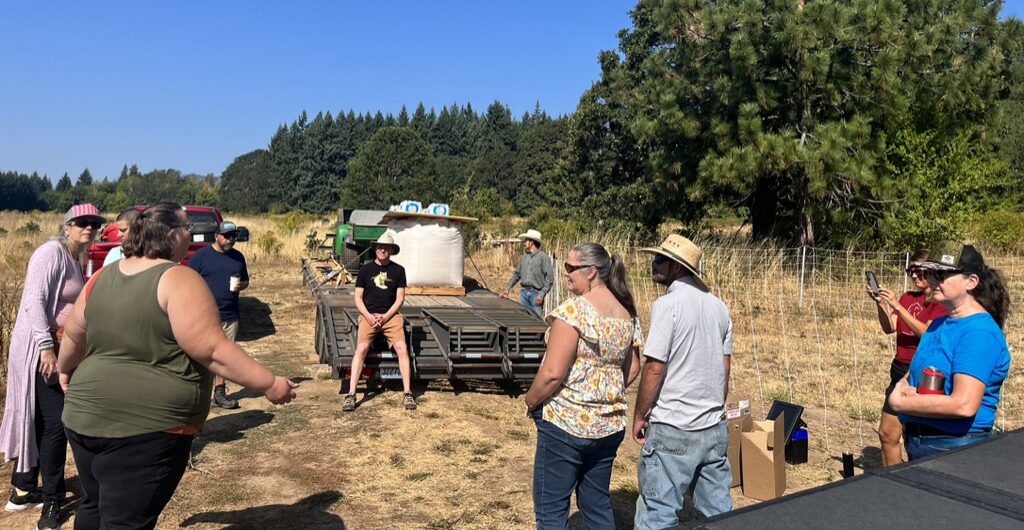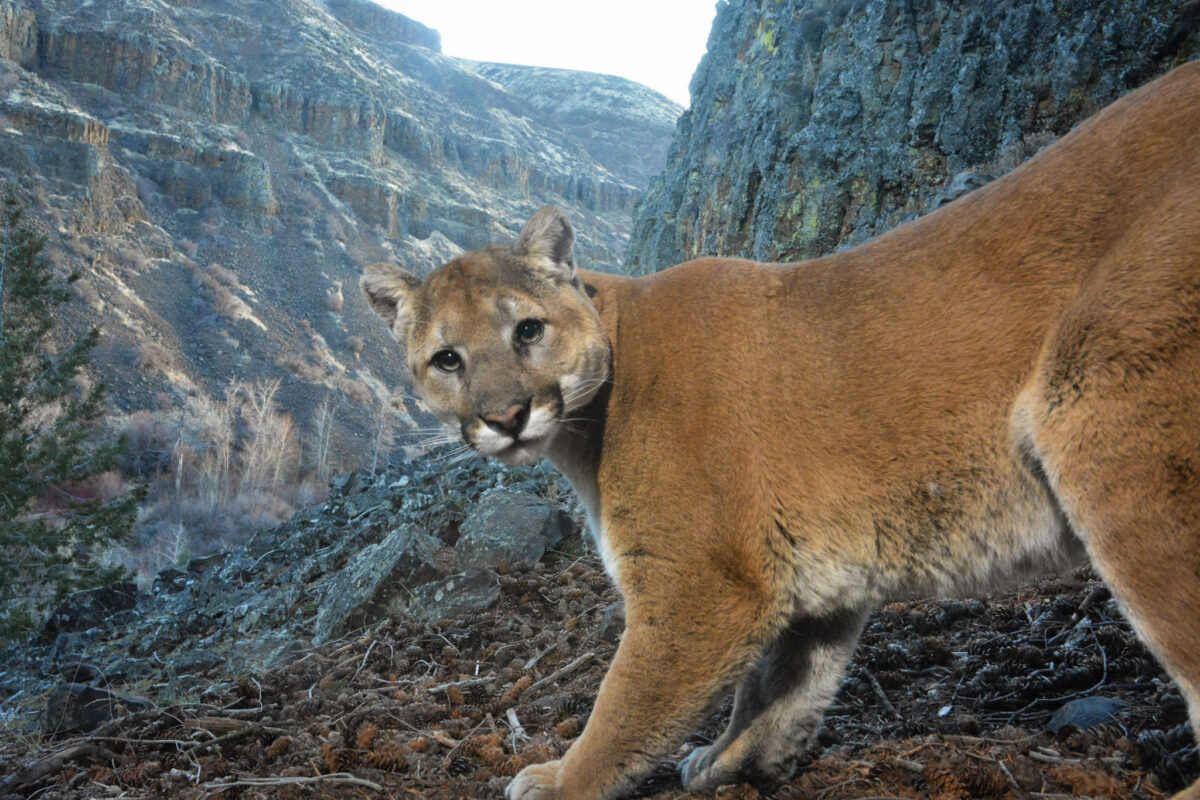Who’s Scat is That?
Being out on the Preserve, walking where wildlife walks, the camera crew comes across a lot of scat. Scat provides important information about what wildlife is in the area, what these animals are eating and what kinds of resources are available. The thing to know about all scat is that it comes in many forms, colors and sizes and identifying scat can be challenging! Often scat can seem definitely distinctive and best guesses can be correct. But the only real ways to know which scat belongs to who if identification seems a close call, is if you see the animal defecate or by collecting the scat and checking it’s DNA.
Of course we’re particularly interested in mountain lion scat and the camera crew carries a scat collection kit in our go pack so if we come across scat that is questionable – large, thick, tubular segments about 1 inch in diameter or more, or one long piece with blunt ends and some scratch marks nearby, for instance – we’ll be able to scoop it up for DNA analysis to determine if it is indeed mountain lion scat.
We also always carry a camera and a 6-inch ruler. When photographing scat, we place the ruler next to the scat and take several pictures from different angles before moving the scat. Scale is extremely important as identifying scat under the best of circumstances can be challenging considering the wide range of factors that are involved. Also a wider photo of the scat and it’s surroundings can help with identification – is it in the middle of a road, off to the side, next to a tree, near the water, are there scratch marks nearby?
Other animals on the Preserve produce large and variable scats, all inviting closer inspection to learn more about life on the Preserve. And diet can change how scat looks for every species so there are a lot of variables to consider out there!
Canids, or canines, like coyotes and foxes have diverse diets that can change with seasons and resource availability. Different diets will change the appearance of their scat. While canids do best with a significant amount of meat in their diets, they also supplement that diet with fruits, berries and other plant materials.
Felids, or felines, such as mountain lions and bobcats are obligate carnivores, meaning they absolutely need a diet of meat to survive. Scat of predators can look white or very light in color, and this can be from high calcium content, indicating the predator ate a fair amount of bone recently.
 Mountain lion scat can be anywhere from 6 to 15 inches long and be about an inch or more in diameter. The scat can either be segmented or be one solid piece and segments are blunt-ended but there may be one end that is more pointed. You won’t find any fruit or berry seeds, but there will be hair and bone and maybe some grass. You might find this scat in the middle of a road or path or deposited off to the side. Sometimes, but not always, there will be a ‘scrape’ next to the scat pile, as the lion attempted to cover or mark the scat.
Mountain lion scat can be anywhere from 6 to 15 inches long and be about an inch or more in diameter. The scat can either be segmented or be one solid piece and segments are blunt-ended but there may be one end that is more pointed. You won’t find any fruit or berry seeds, but there will be hair and bone and maybe some grass. You might find this scat in the middle of a road or path or deposited off to the side. Sometimes, but not always, there will be a ‘scrape’ next to the scat pile, as the lion attempted to cover or mark the scat.
You can find photos and more information here: Elbroch, Mark. 2003. Mammal Tracks and Signs: A Guide to North American Species.Mechanicsburg, PA: Stackpole Books.
—
The Bureau of Land Management initiated a mountain lion study on the Cosumnes River Preserve in collaboration with the California Department Fish and Wildlife in 2014. Currently, the study is being carried out by an all-volunteer crew of dedicated individuals who receive support and oversight from the Bureau of Land Management. The Sacramento Zoo has awarded a grant to the Mountain Lion Foundation which has allowed the Foundation to purchase and loan ten trail cameras to the Preserve to help carry out this study. The goal is to find and document a mountain lion on the Cosumnes River Preserve.



 Facebook
Facebook Twitter
Twitter Send Email
Send Email


